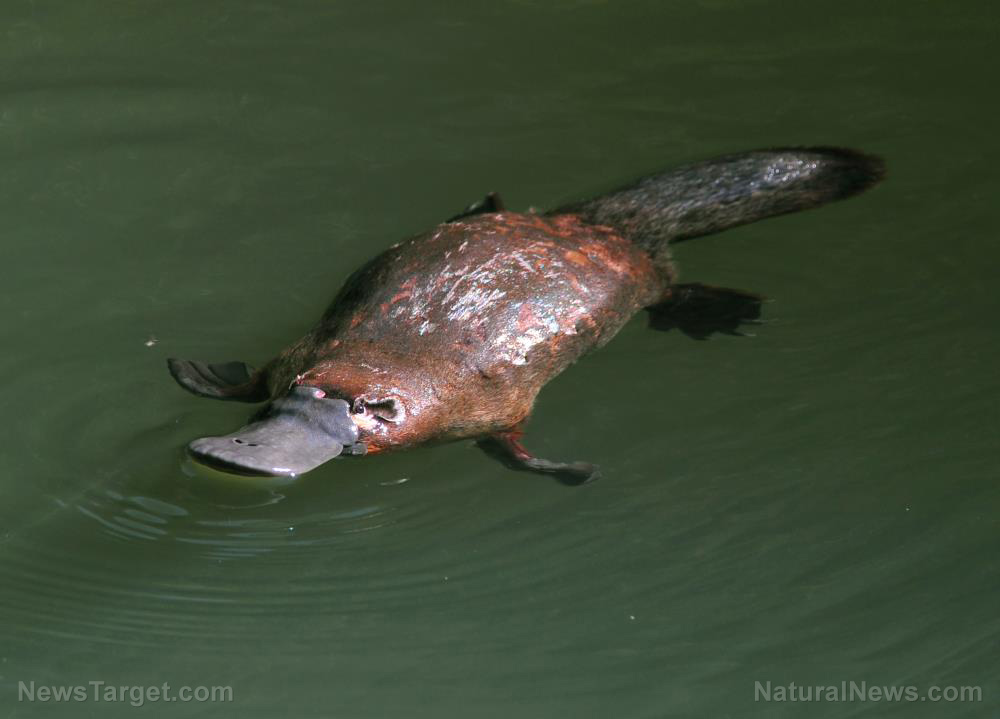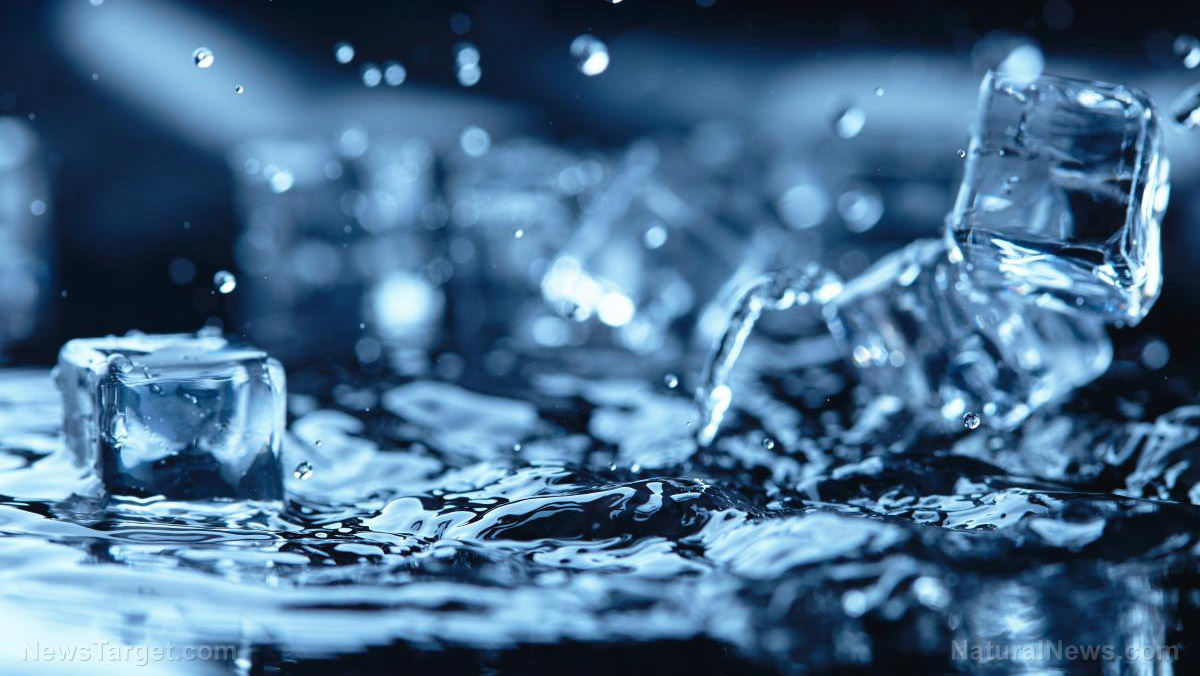New study finds that 1/3 of fish in two freshwater estuaries in the UK have ingested plastics
01/28/2019 / By Edsel Cook

You may want to reconsider chowing down on the next fish you caught if you spotted plastic trash floating in the body of water. In a Phys.org article, U.K. researchers investigated two separate estuaries and found that one out of every three fish in both areas showed signs of having eaten toxic microplastics.
Microplastics are tiny plastic pieces that measure only five millimeters or less. They used to be much bigger or were once part of a larger plastic, but they were eventually broken off or broken down by external forces like wind and wave action.
Earlier studies on the effects of microplastic pollution covered oceanic regions and marine life. However, the new study took a look at the impact of plastic trash on fish and other animals that lived in freshwater.
The study was conducted by a research team from the Royal Holloway, University of London (RHUL). It evaluated the fish species that live in the upper (pelagic) and lower (benthic) layers of the Thames Estuary and Firth of Clyde.
These two rivers are important bodies of fresh water that are physically separated by the island of Great Britain. The Thames Estuary is situated in southeastern England while the Firth of Clyde is in southwestern Scotland. (Related: SHOCK: 50% of freshwater insects are contaminated with microplastics.)
Animals in English and Scottish waters are contaminated by microplastics
RHUL researcher Alexandra McGoran served as the author of the study. In her paper, she reported collecting a total of 876 fish and shrimps from the Thames and the Clyde.
McGoran and her team examined the guts of these animals for the presence of ingested microplastics. They also counted the number of plastics accidentally consumed by the animals and averaged it out.
Around a third of the fish and shrimps were found to have consumed at least one piece of plastic at some point. Furthermore, the average number of microplastics in the bellies of animals from the Thames was identical to the amount eaten by their counterparts from Clyde despite being separated by a massive island.
McGoran explained that these findings cemented how bad plastic pollution has gotten in the waters of the British Isles. Despite the significant distance between the Thames and the Clyde, they are suffering from similar levels of microplastic trash.
The microplastic threat also affects freshwater bodies and animals
The Thames and the Clyde have maintained rich ecosystems despite the ever-increasing amounts of human traffic and accompanying pollution. Hundreds of species of aquatic animals are known to thrive in these rivers. Now all of those different species are at risk from the growing amounts of microplastic trash in the water.
“Our results show the need for more research into freshwater and estuarine ecosystems to be carried out so we can better understand the effects microplastics are having on their inhabitants,” warned McGoran.
The RHUL study shines a light into waters that are growing increasingly murky due to plastic pollution. The material is very cheap and easy to produce, which encourages excess production.
Lots of plastic-based products are thoughtlessly thrown away on a daily basis. The problem is that the flotsam will last for a very long time, even after they are broken down into microplastics. They are also considered to be dangerous and toxic to animals that consume them.
Experts warn that annual plastic production will hit 33 billion tons by 2050. A large percentage of this will end up as litter that will be eaten by aquatic wildlife, some of which are destined to end up on human dinner tables.
Find out if microplastics are endangering the wildlife in your local river at Pollution.news.
Sources include:
Tagged Under: effects of microplastics, freshwater fish, microplastics, plastic trash, rivers




















